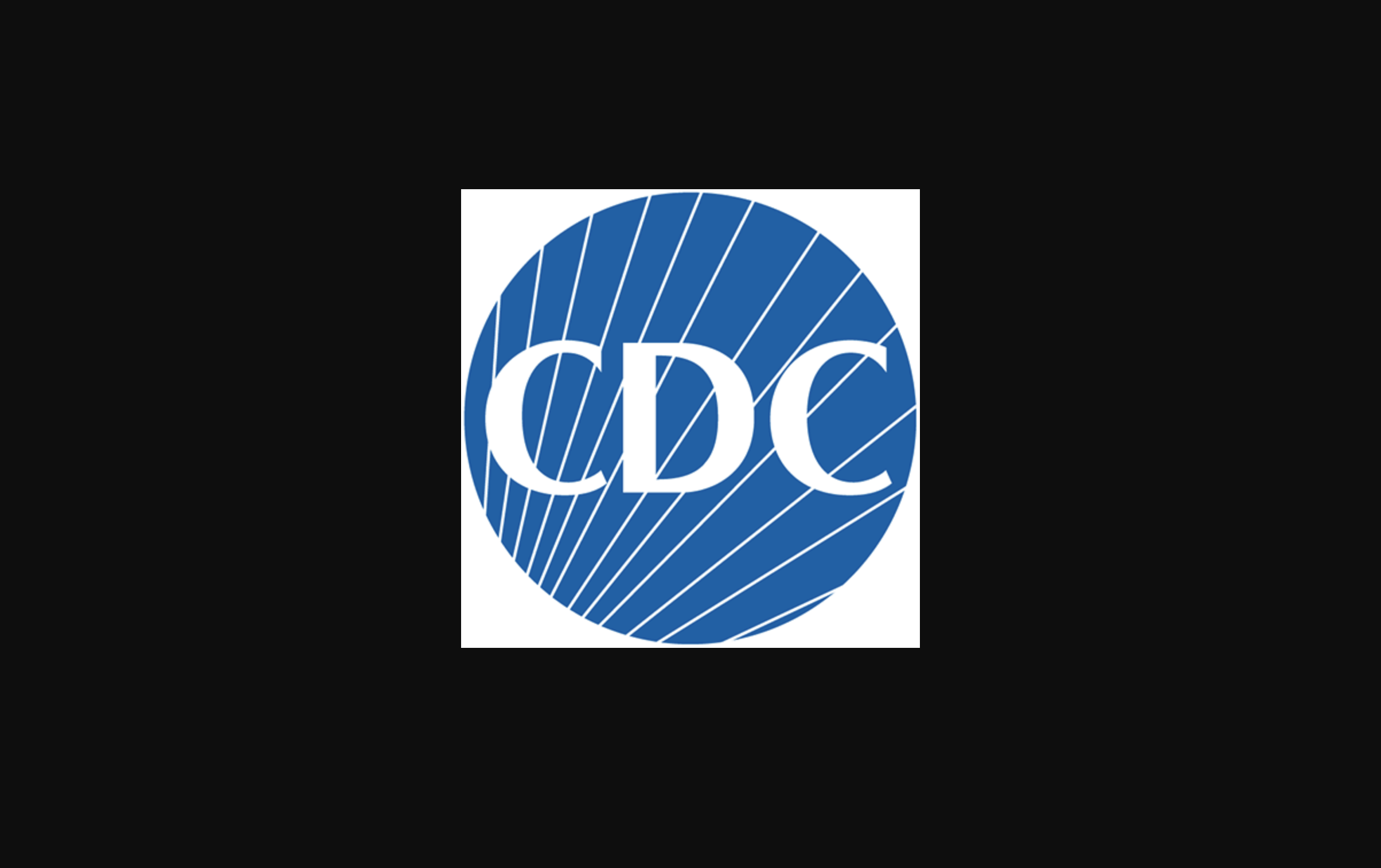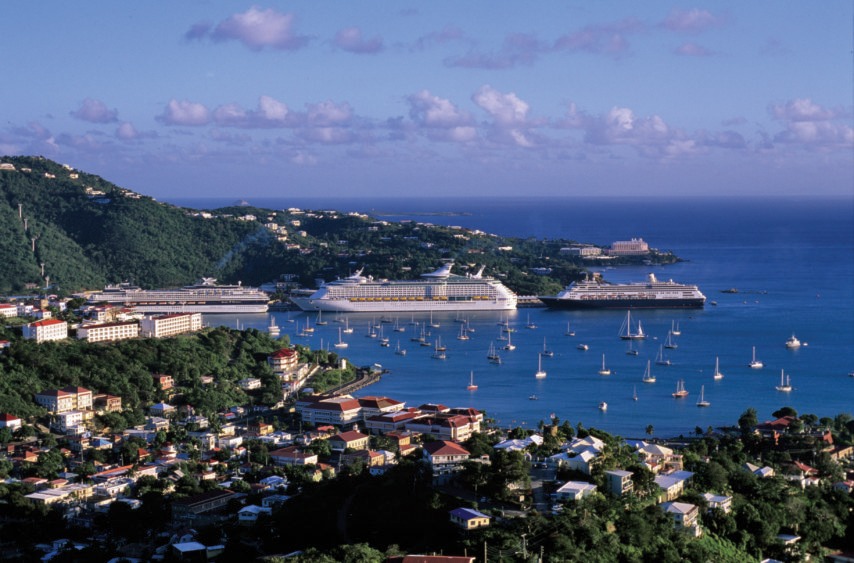
CDC Lifts No-Sail Order, Outlines Cruise Return
The CDC announced this afternoon they would let the no-sail order expire, but in it’s place they’ve instituted a conditional sail order with plenty of hoops cruise lines will need to jump through before they set sail once again.
While the news is an overwhelming positive for an industry absolutely devastated by the COVID-19 pandemic, cruise lines will first have to prove that their proposed health and safety protocols are effective before passengers can set foot on board. The no-sail order which began in March was pushed back several times, with the most recent update scheduled to expire at the end of October. The new order does not affect the CDC’s level 3 warning to avoid necessary travel, including on board cruise ships.
The new 40-page order, called “Framework for Conditional Sailing and Initial Phase COVID-19 Testing Requirements for Protection of Crew”, makes clear on page one that “a careful approach is needed to safely resume cruise ship passenger operations”. The conditional order is in effect until November 2021.
The purpose and goals for the new order are laid out in the document prepared by the CDC:
- Preserving human life
- Preserving the health and safety of cruise ship crew members, port personnel, and communities
- Preventing the further introduction, transmission, and spread of COVID-19 into and throughout the United States
- Preserving the public health and other critical resources of Federal, State, and local governments
- Preserving hospital, healthcare, and emergency response resources within the United States
- Maintaining the safety of shipping and harbor conditions
Citing more than 44 million cases and 1.2 million deaths worldwide, the CDC goes on to hammer home their point that cruising without restriction would “likely exacerbate and amplify the spread”. The CDC also made it a point to mention Diamond Princess, the cruise ship which experienced a high number of cases back in March while cruising in Japan and was part of the catalyst for the no-sail order in the first place. 19% of all passengers and crew on board that ship tested positive for the virus.
Before passengers even step on board a ship, cruise lines will have to “demonstrate adherence to testing, quarantine and isolation, and social distancing requirements to protect crew members while they build the laboratory capacity needed to test crew and future passengers,” according to the CDC. They must establish testing facilities both shoreside and onboard ships and demonstrate that their employees can operate them accurately.
From what we’ve read, it’s obvious that the health and safety of crew is something the CDC is taking very seriously. Lacking resources and often thousands of miles from home, cruise ship employees don’t have the luxury of getting off the ship and heading to the nearest medical facility for treatment in the event they contract the virus. If cruise lines can demonstrate in the next month or two that they can get a full crew back on board their ships without any outbreaks, then the next step would be allowing passengers in phases.
The four phases for allowing passengers back on board are as follows:
1. Establishment of laboratory testing of cruise on board cruise ships in U.S. waters
2. Simulated voyages designed to test a cruise ship operators’ ability to mitigate COVID-19 on cruise ships
3. A certification process to establish to establish previous conditions are met
4. A return to passenger voyages in a manner that mitigates the risk of COVID-19 introduction, transmission, or spread among passengers and crew onboard ships and ashore communities
CDC Has Cruise Oversight
Buried on page 20 of the order is that the CDC may request at any time “operators must make their properties and record available for inspection to allow CDC to ascertain compliance with this framework.” This includes ships, terminals, vehicles, equipment, communications, manifests, passenger lists and all employee and passenger health records. The same page also goes on to say that cruise lines may use the services of professionally licensed and accredited third-party auditors to help them meet the new requirements.
In order to cruise with passengers, the CDC must review all of the above before issuing the conditional sailing certificate. Should a cruise line fail at any condition at any time, it appears to be back to square one.
No More Than Seven Day Itineraries
Another important piece to note is that cruise lines cannot offer itineraries more than seven days long. The CDC has discretion on if and when that changes, but for now, it’s seven days max until November 2021 when the order expires. Other procedural nuggets include mandatory COVID-19 testing for passengers and crew before boarding and on the day of disembarkation. The results of these tests must be made known to individuals prior to boarding and before disembarkation. Social distancing and masks wearing must meet the CDC’s requirements for effectiveness safety. Entertainment venues and dining areas must accomodate social distancing.
If COVID-19 is Found on Board
Should COVID-19 be detected on board following embarkation, there are several steps cruise lines must take. First, the Captain has to notify the CDC and every individual on board. Then they must end the voyage immediately and return to the port of embarkation. All voyages on that ship in the future will be cancelled until directed by the CDC. Those testing positive are to be isolated in single-occupancy cabins and the rest of the individuals on board placed in quarantine. Upon reaching port, cruise lines must provide private transportation for all on board so they do not use public transit.
The CDC maintains throughout the document that everything is subject to change based on developments in world health and the spread of the virus. If things get better, they could ease restrictions. If things get worse, they could shut down the industry again.
What do you think about the conditional sail order? Let us know in the comments!









